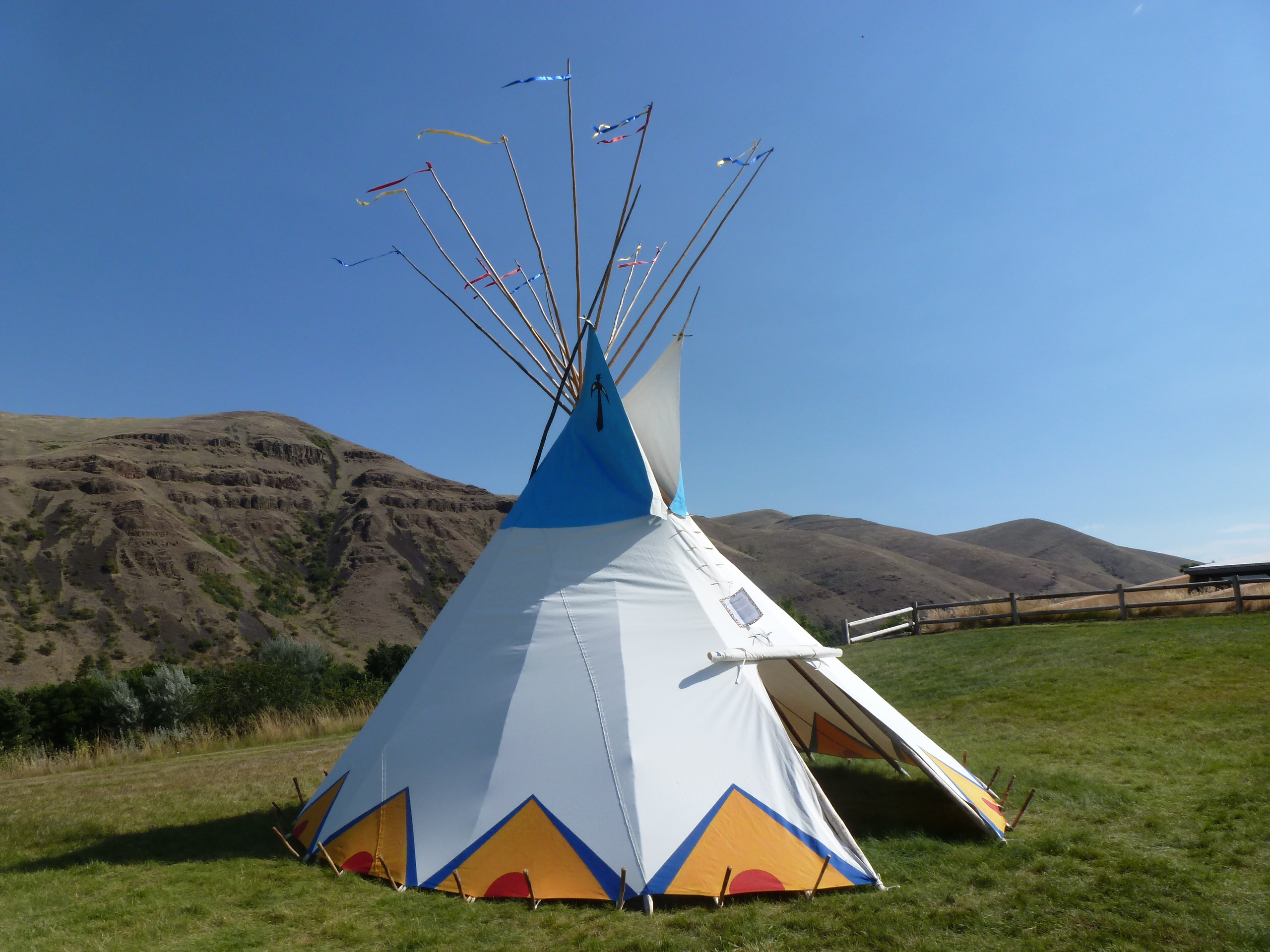
Every morning in the summer Rangers put a tipi on the front lawn of the visitor center. Visitors are always welcome to help.
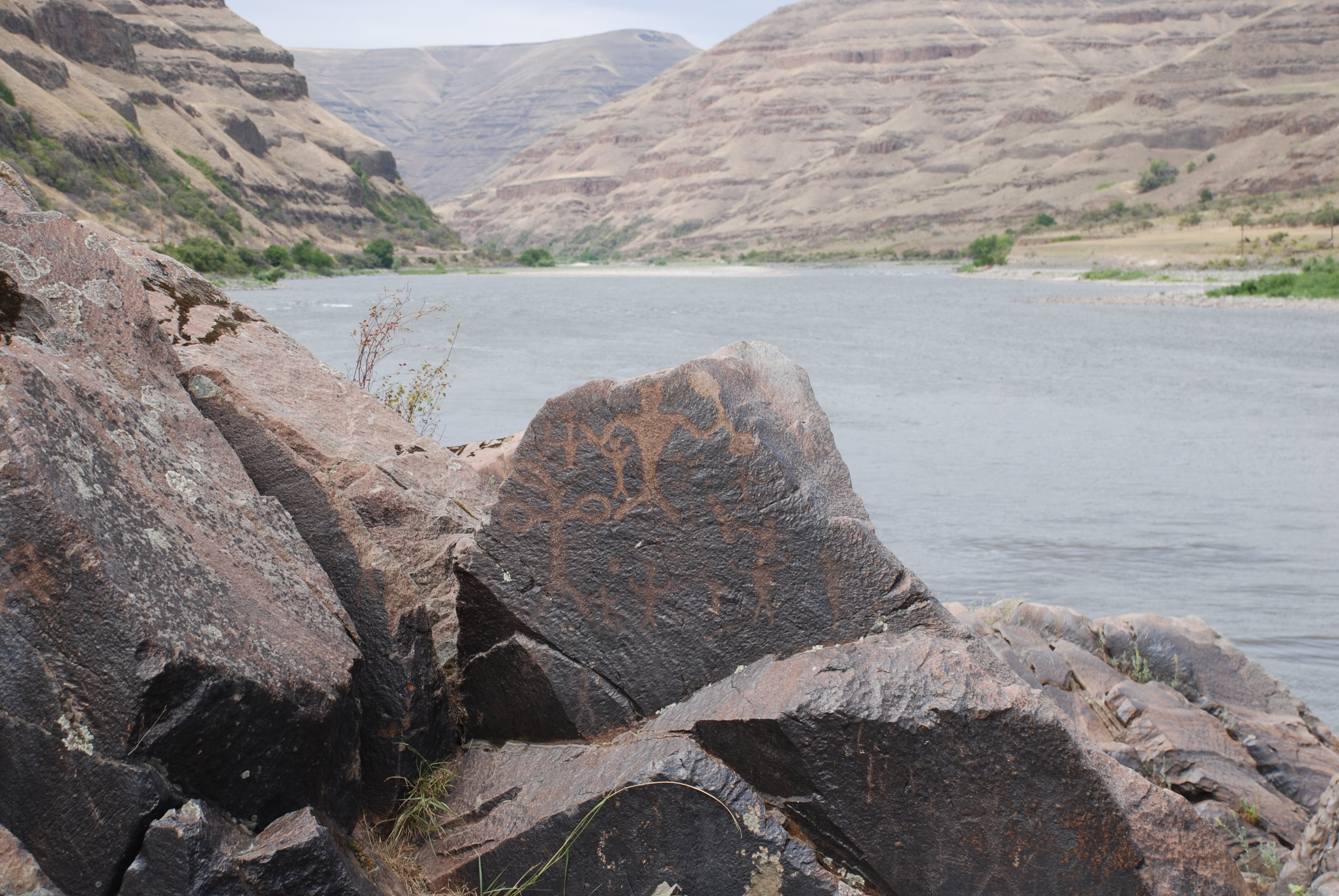
Buffalo Eddy contains many petroglyphs and is considered a ancient crossing place.
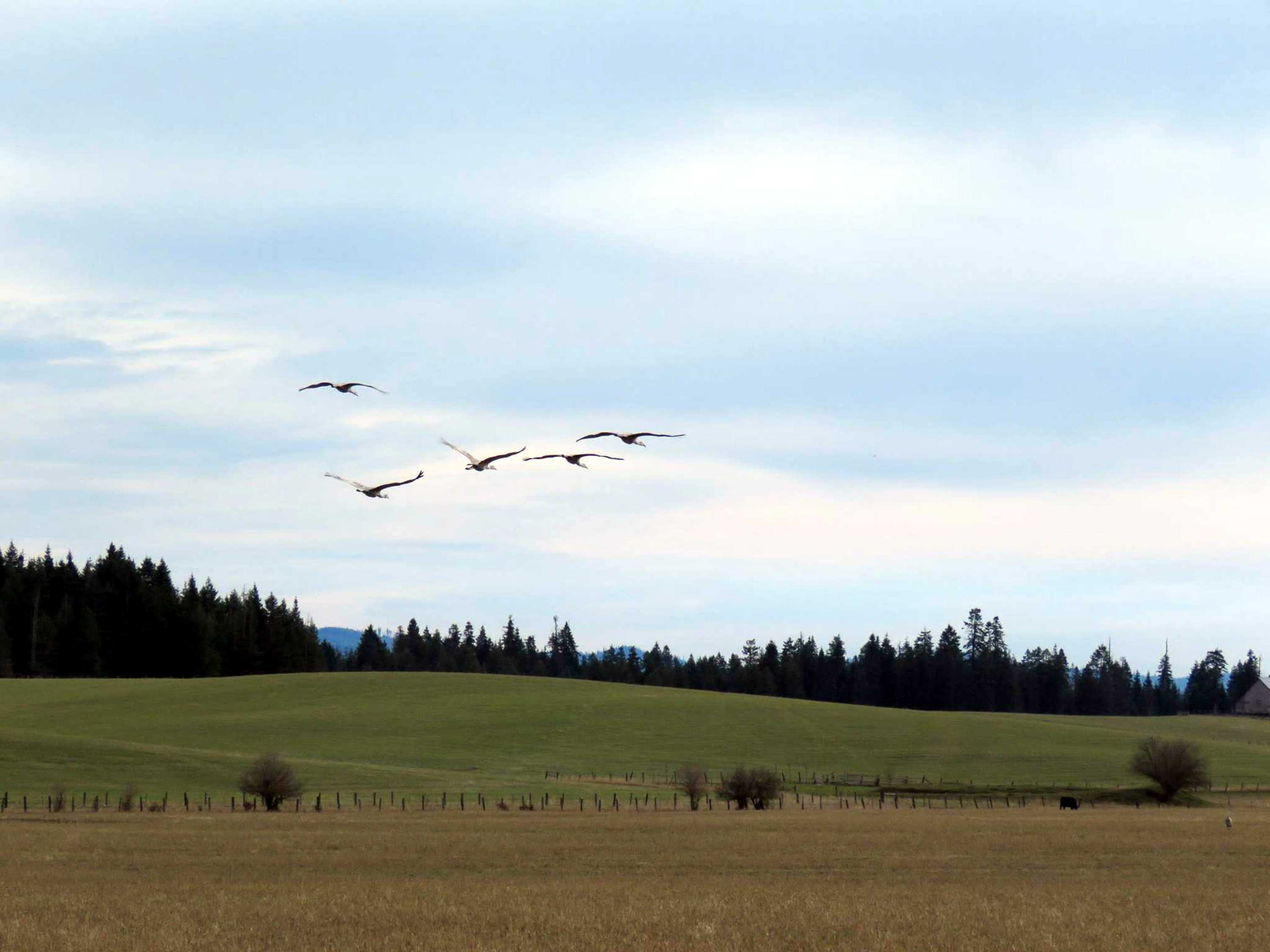
Birds take flight across a grassy field.
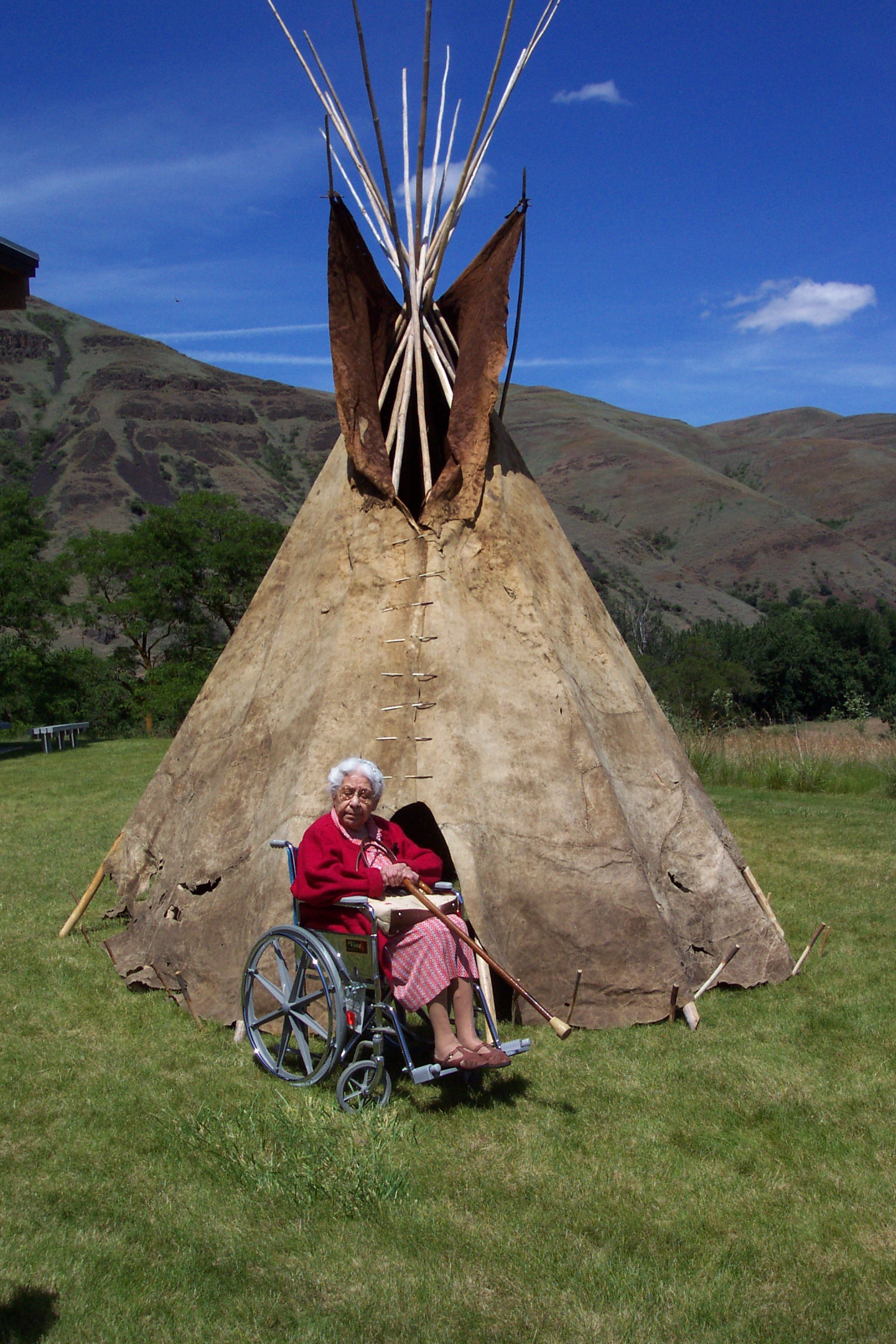
The only known remaining complete buffalo hide tipi belonging to a Nez Perce.
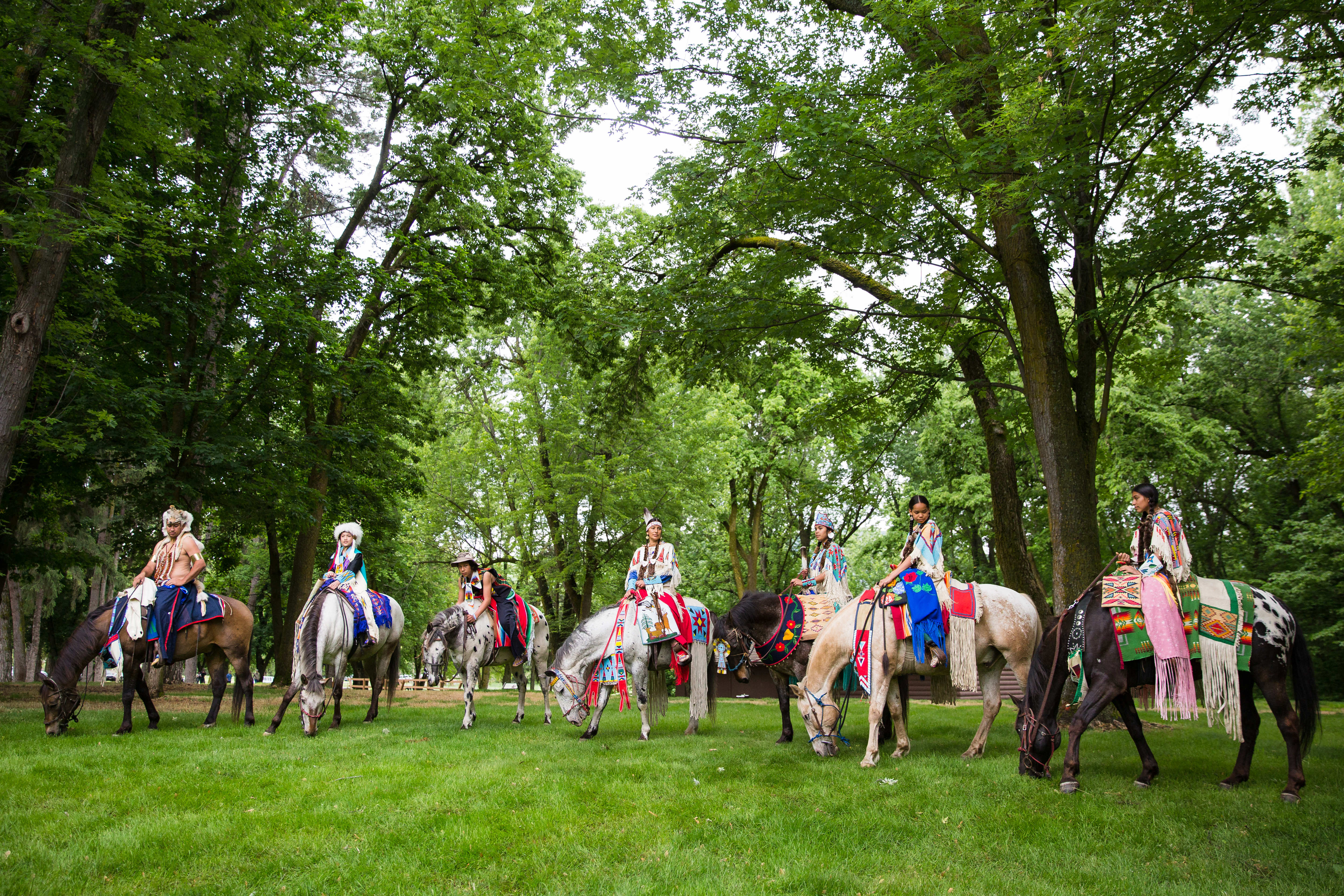
This horse parade was held in the Spalding picnic area during the parks 50th anniversary in 2015.
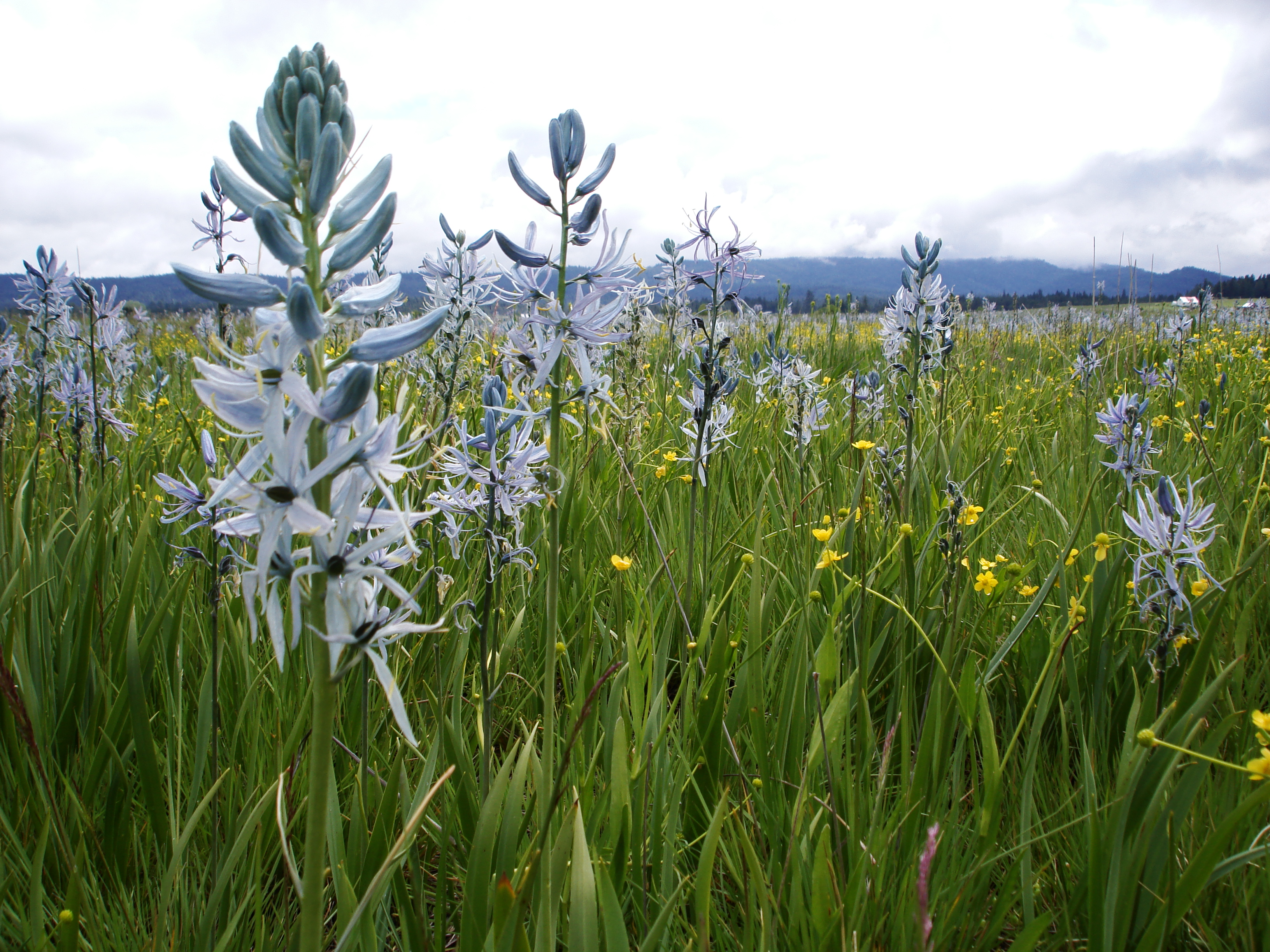
Camas has been a food staple of the Nez Perce for thousands of years.
Physical Address:
Nez Perce National Historical Park
39063 US Hwy 95
Lapwai, ID 83540-9715
Mailing Address:
Nez Perce National Historical Park
39063 US Hwy 95
Lapwai, ID 83540-9715
contact-details
Phone Number: 208-843-7009 Voice
Phone Number: 2088437003 Fax
Email Address: nepe_superintendent@nps.gov
Description:
Fees
Entrance Fees
Entrance Passes
Since time immemorial, the valleys, prairies, mountains, and plateaus of the inland northwest have been home to the nimíipuu (Nez Perce) people. Extremely resilient, they survived the settling of the United States and adapted to a changed world. Nez Perce National Historical Park consists of 38 places important to the history and culture of the nimíipuu. Explore these places. Learn their stories.
park designation:National Historical Park
Directions:
Driving south bound on U.S. Highway 95 you will find the Visitor Center 10 miles from Lewiston, ID. Roughly one mile after crossing the Clearwater River you will find the park entrance on your left. When driving north on U.S. Highway 95 the Visitor Center will be 3 miles north of Lapwai, ID. The park entrance will be on your right.
For detailed directions, please visit this link.
Directions
Operating Hours:
Nez Perce National Historical Park, Spalding Visitor Center
Summer visitor center operating hours are 8:30 am - 4:00 pm daily. In the winter, the visitor center is open 5-days a week from Tuesday - Saturday from 8:30 am - 4:00 pm. Closed Sunday and Monday. The visitor center is closed Thanksgiving, Christmas, and New Year's days.
Exceptions:
- Summer Hours (June 1, 2026 - September 29, 2026)
Weather Information:
Elevations in the Park range from 700 feet above sea level to over 8,000, providing a wide range of climatic conditions, that follow the four seasons. Be prepared for very warm weather in the summer months, in particular in the river valleys. The spring and fall are moderate and comfortable. Winter conditions can be severe in the higher elevations, with snow and ice making travel difficult and dangerous. Please visit the National Weather Service for comprehensive weather information.
Activities

Arts and Culture

Craft Demonstrations
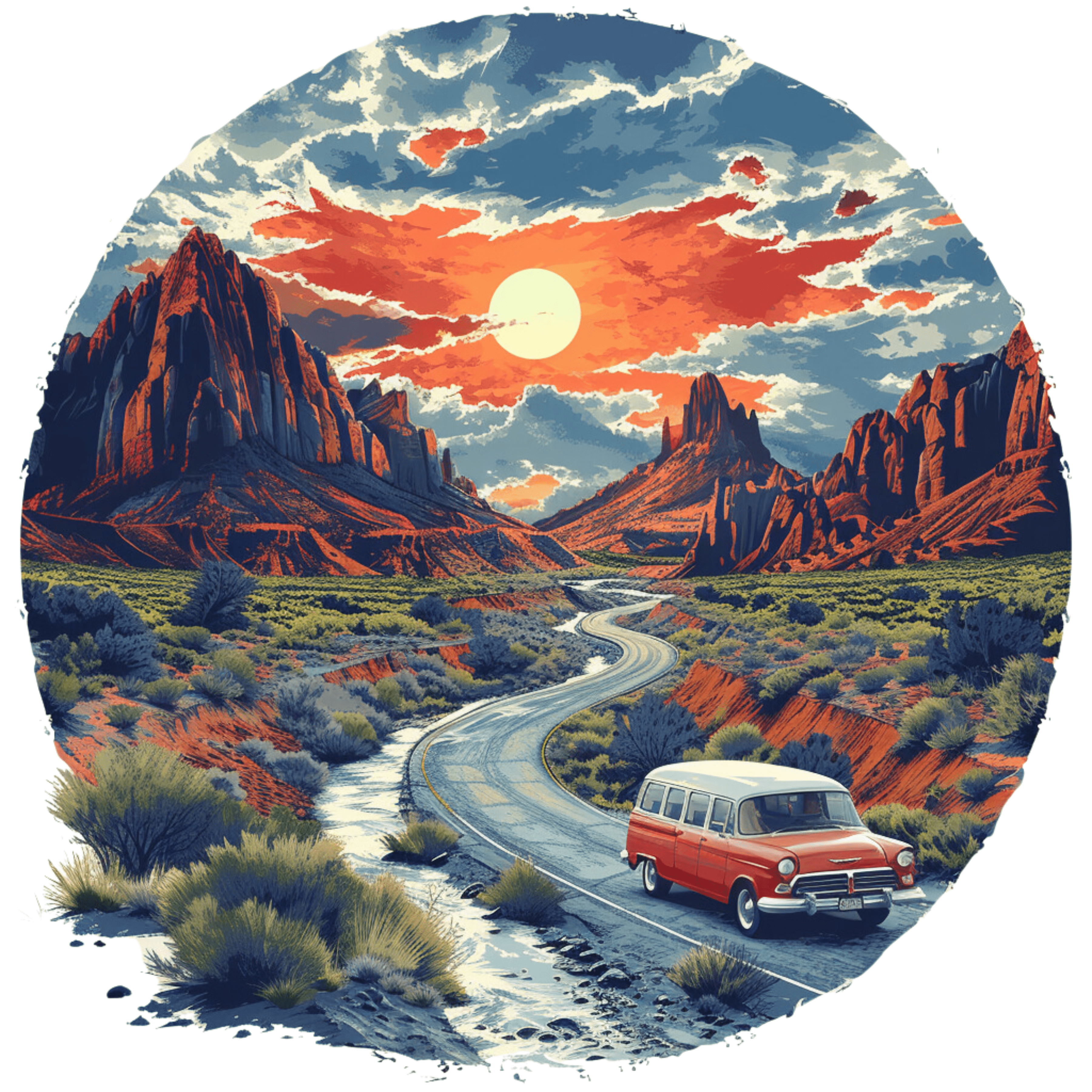
Cultural Demonstrations

Food

Picnicking

Guided Tours

Self-Guided Tours - Walking

Self-Guided Tours - Auto
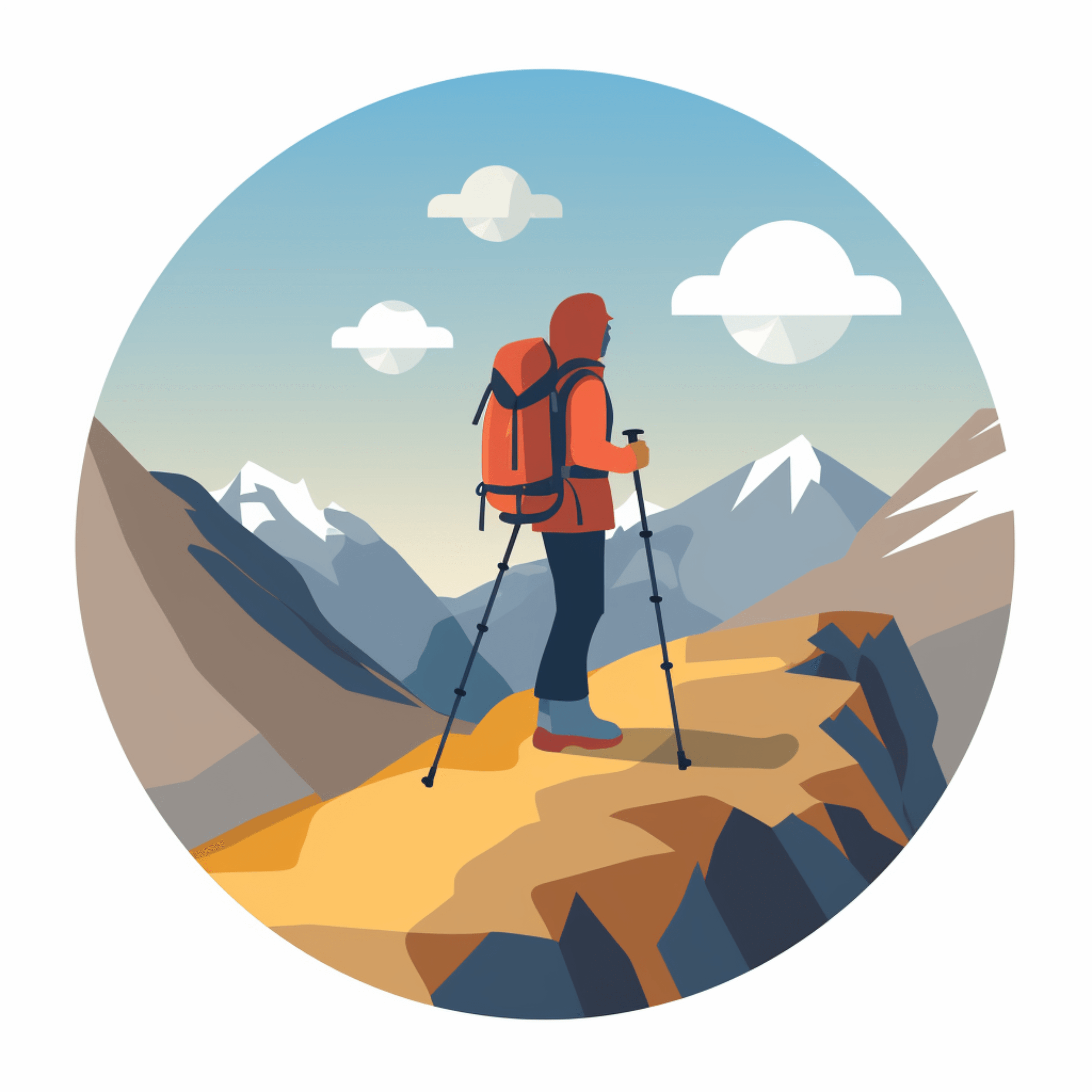
Hiking
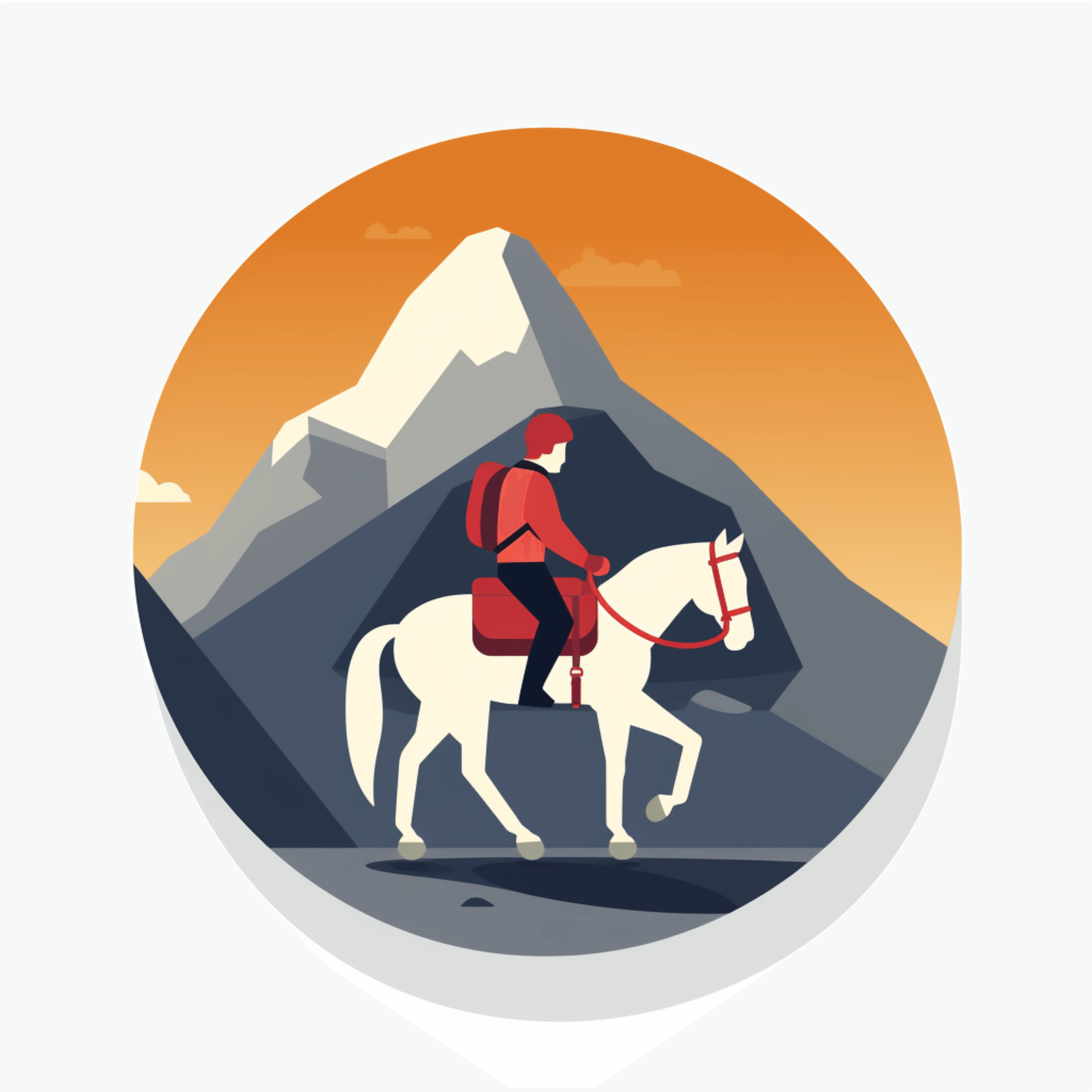
Horse Trekking
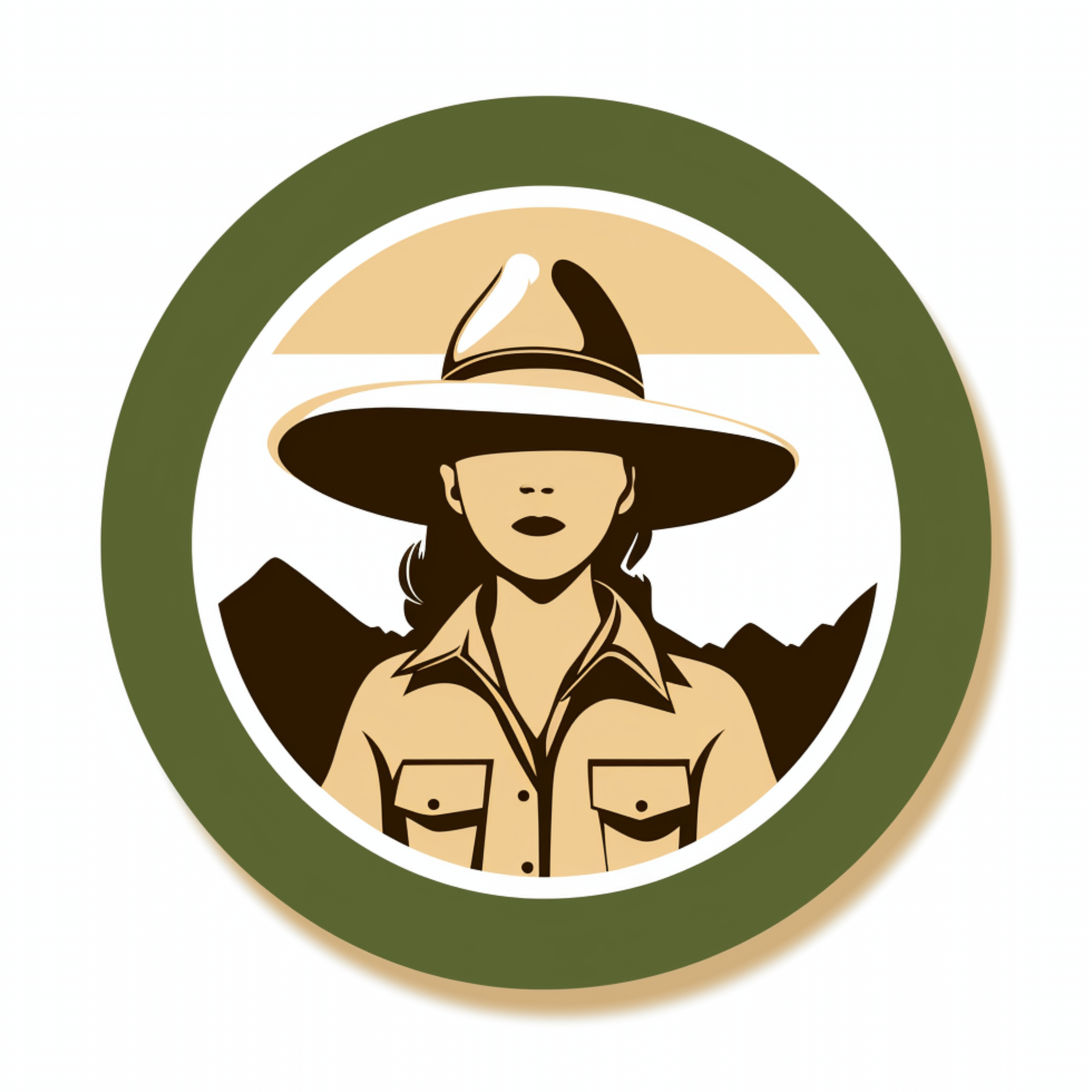
Junior Ranger Program
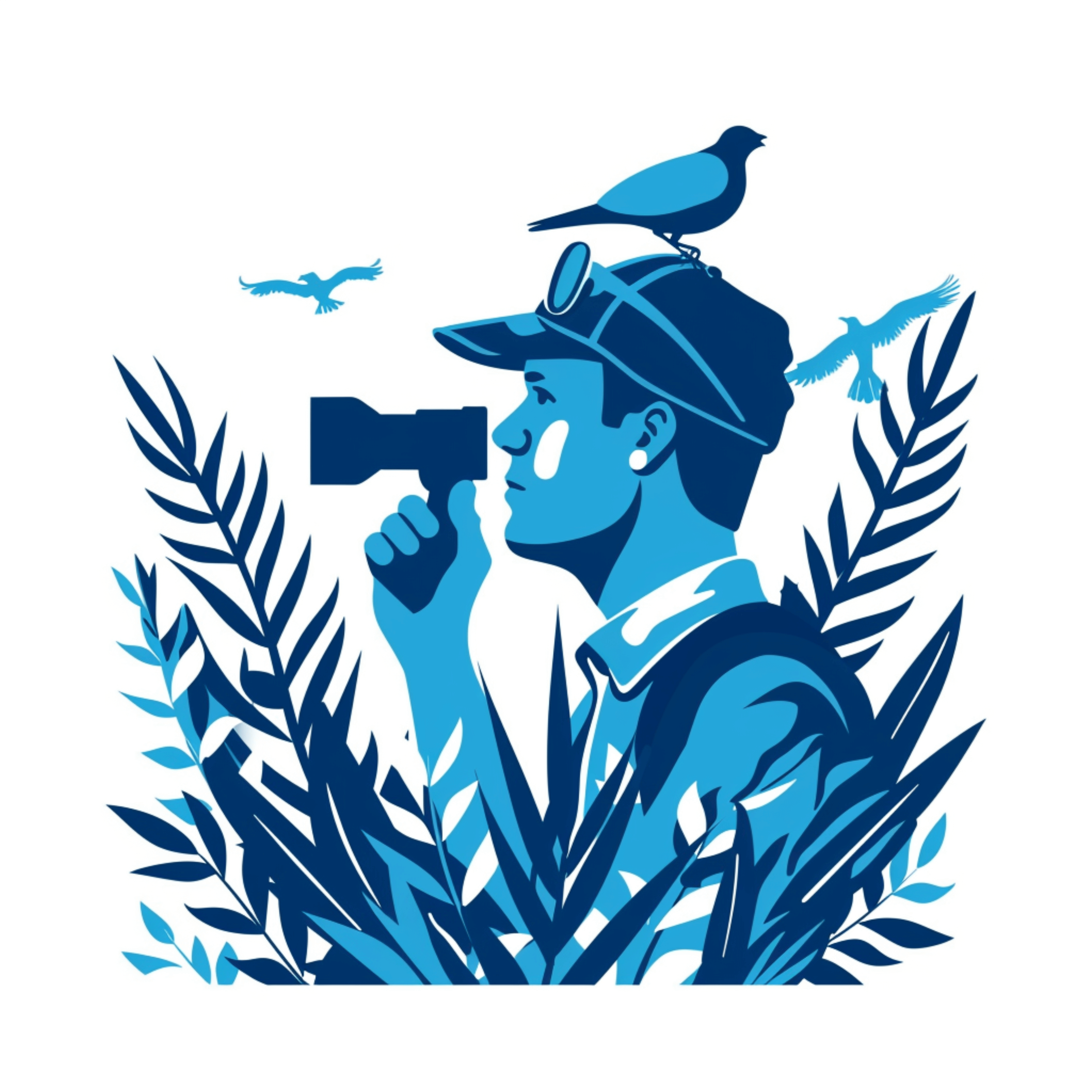
Wildlife Watching
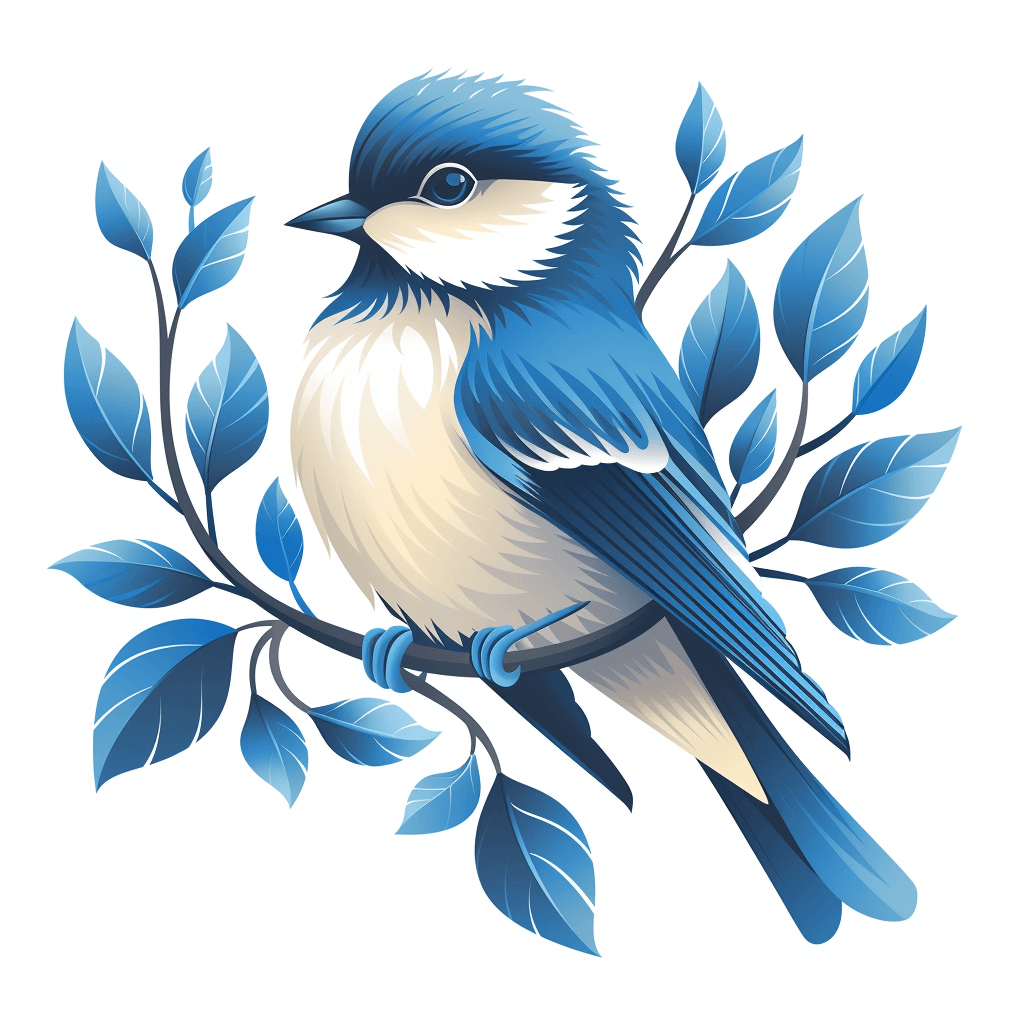
Birdwatching

Park Film

Museum Exhibits

Shopping
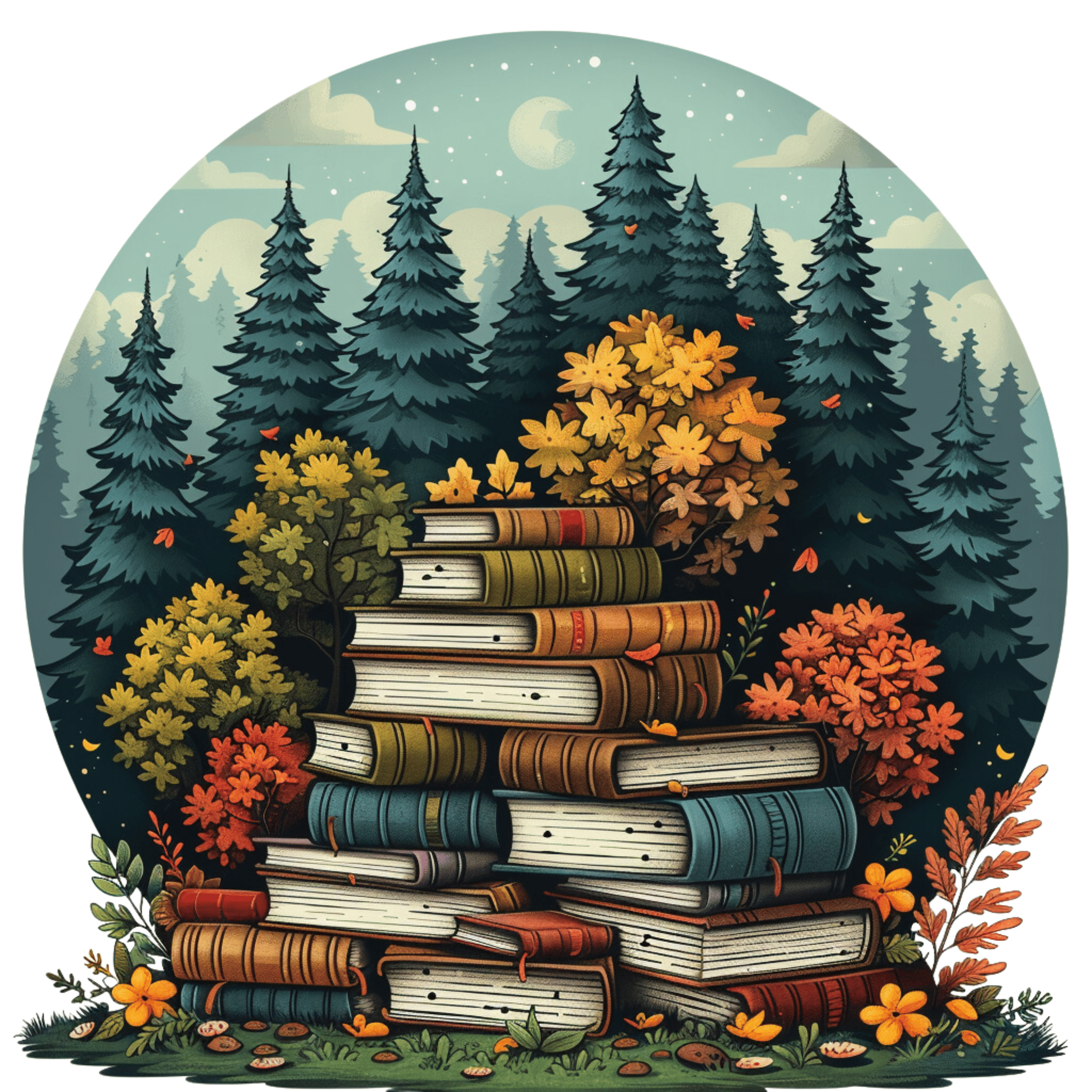
Bookstore and Park Store

Gift Shop and Souvenirs

Arts and Culture

Craft Demonstrations

Cultural Demonstrations

Food

Picnicking

Guided Tours

Self-Guided Tours - Walking

Self-Guided Tours - Auto

Hiking

Horse Trekking

Junior Ranger Program

Wildlife Watching

Birdwatching

Park Film

Museum Exhibits

Shopping

Bookstore and Park Store
